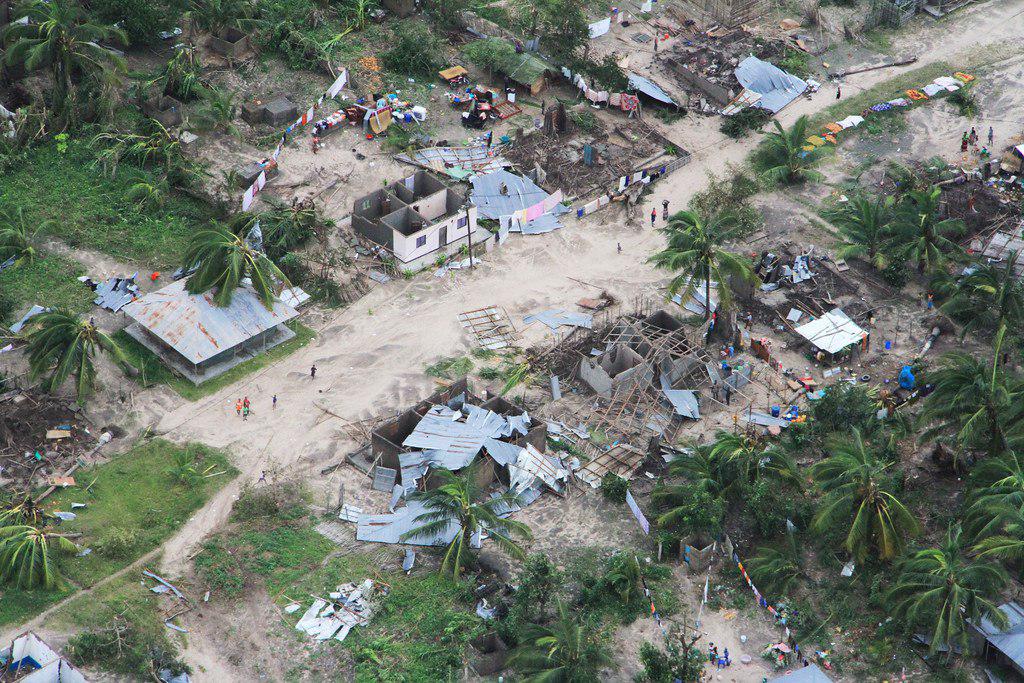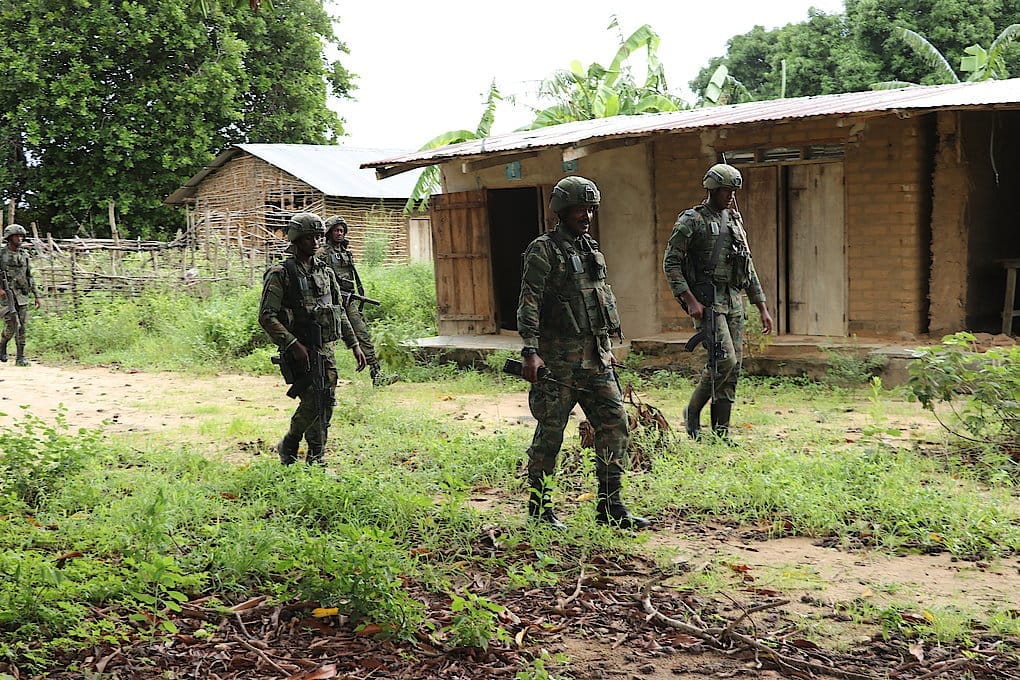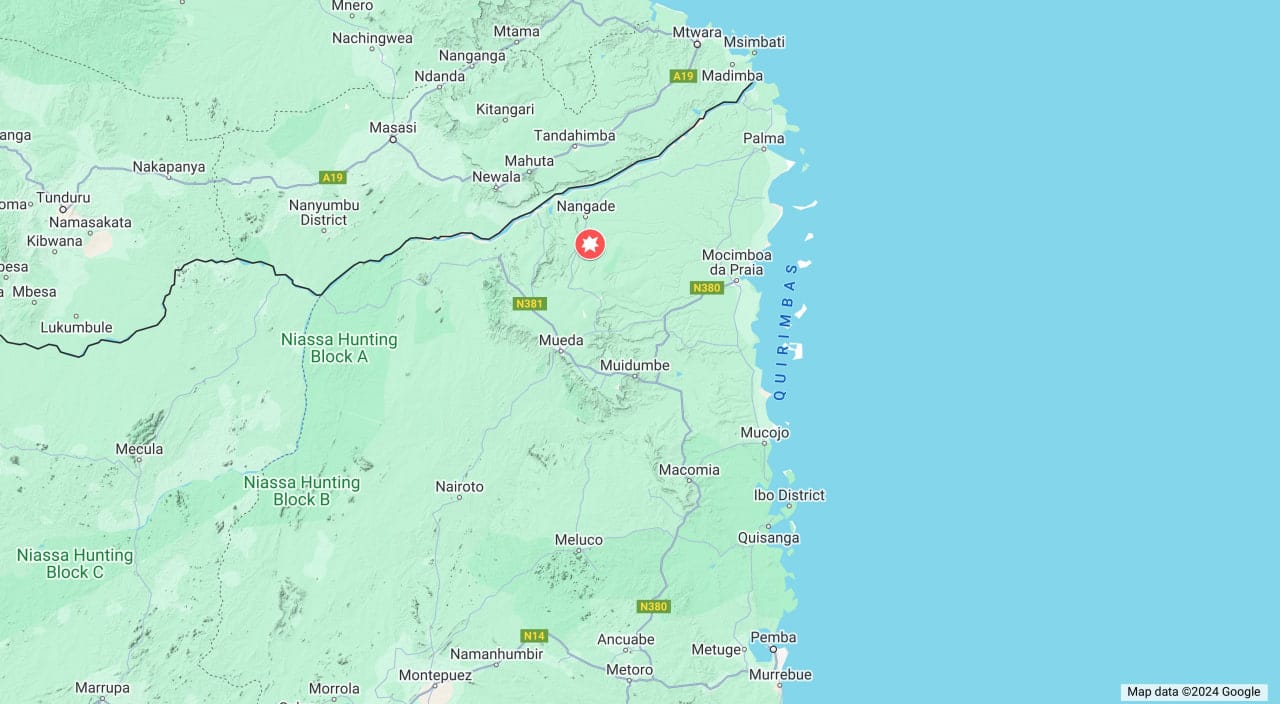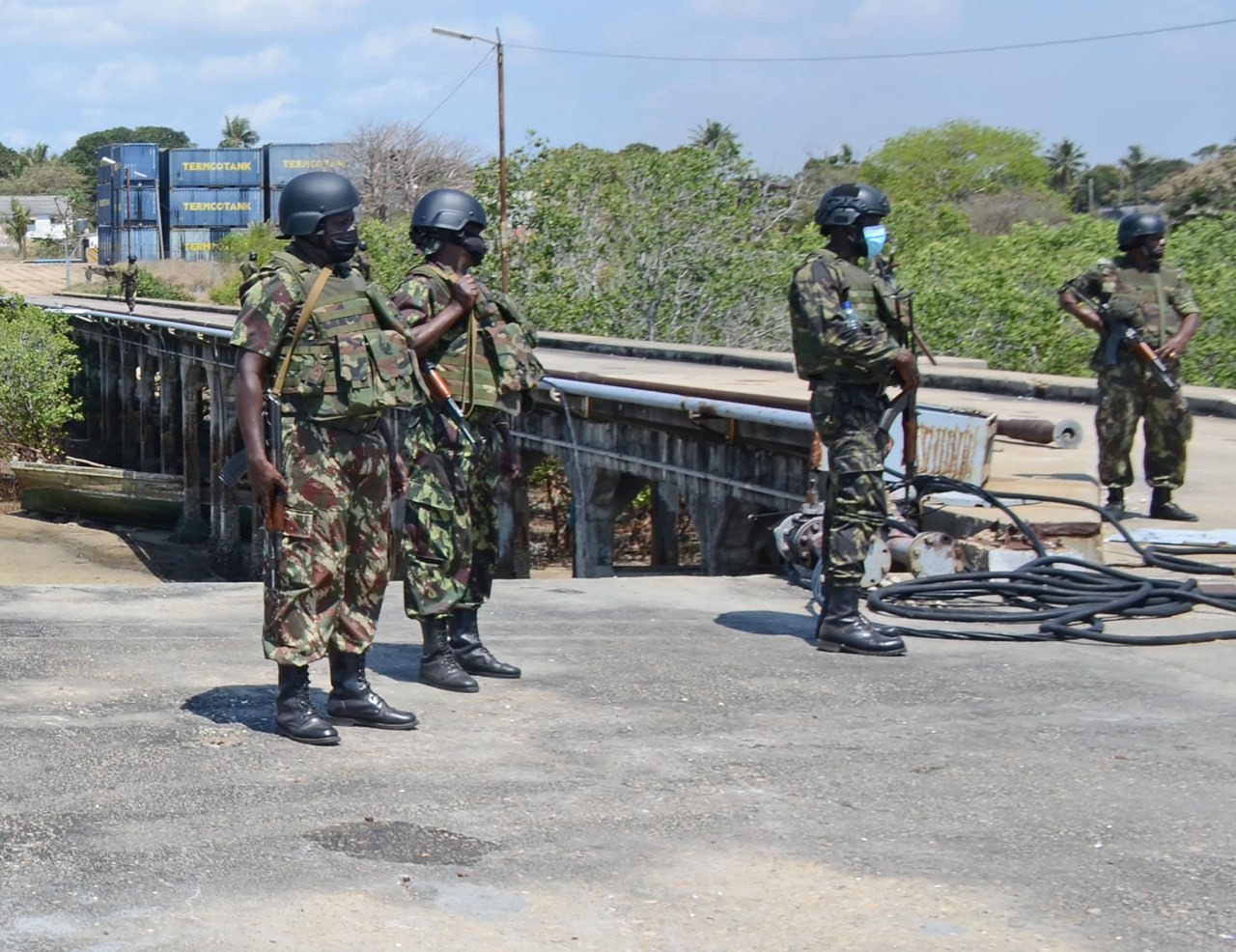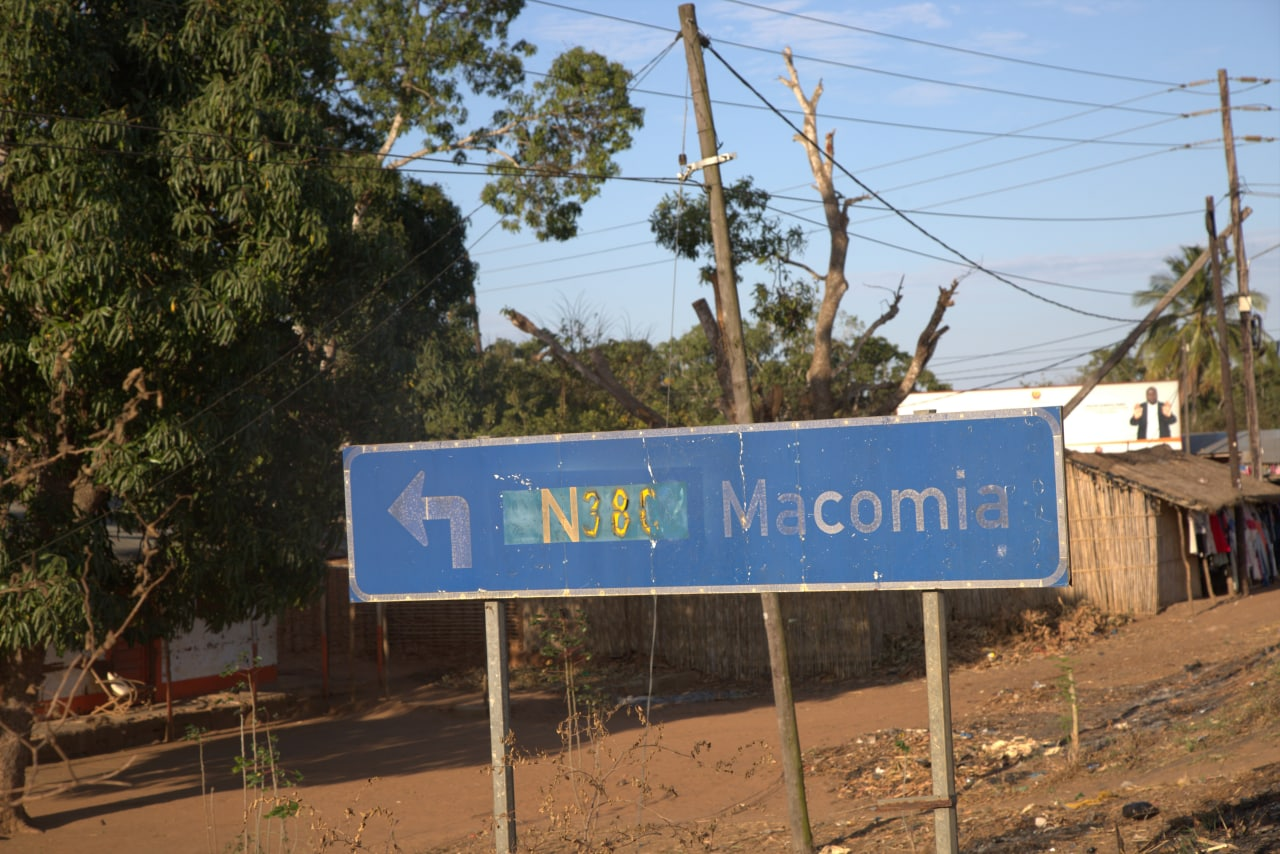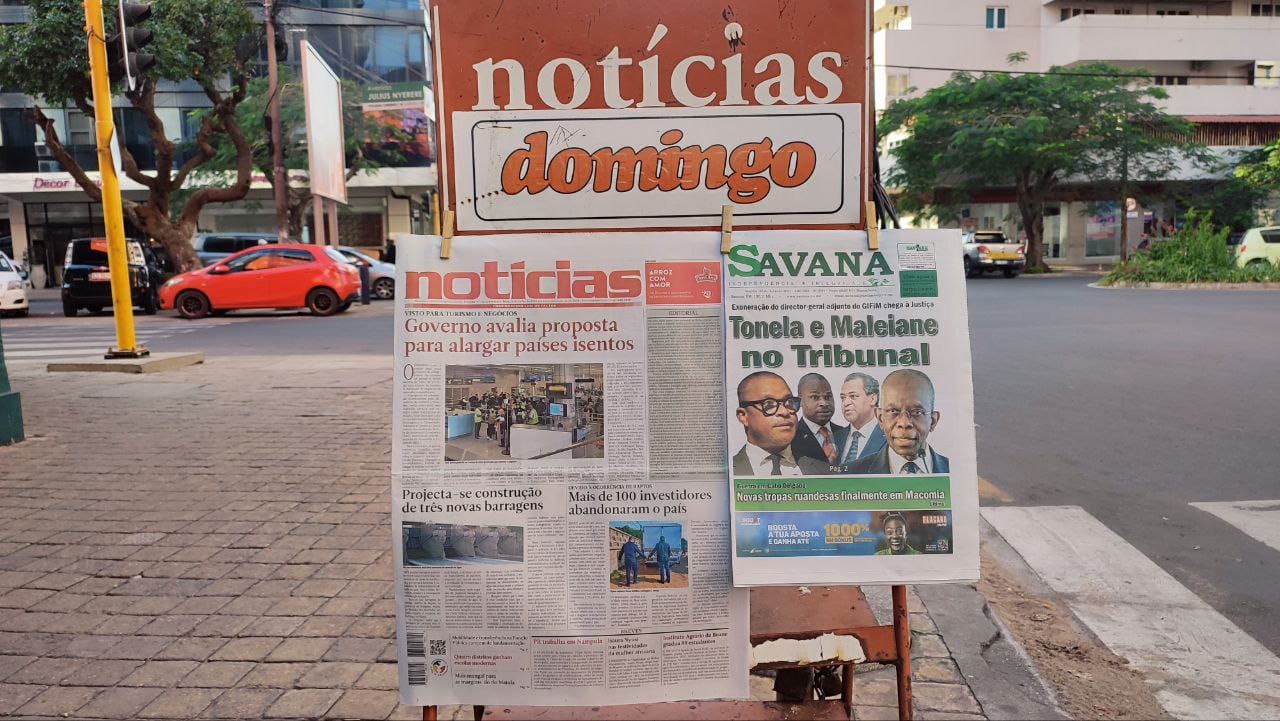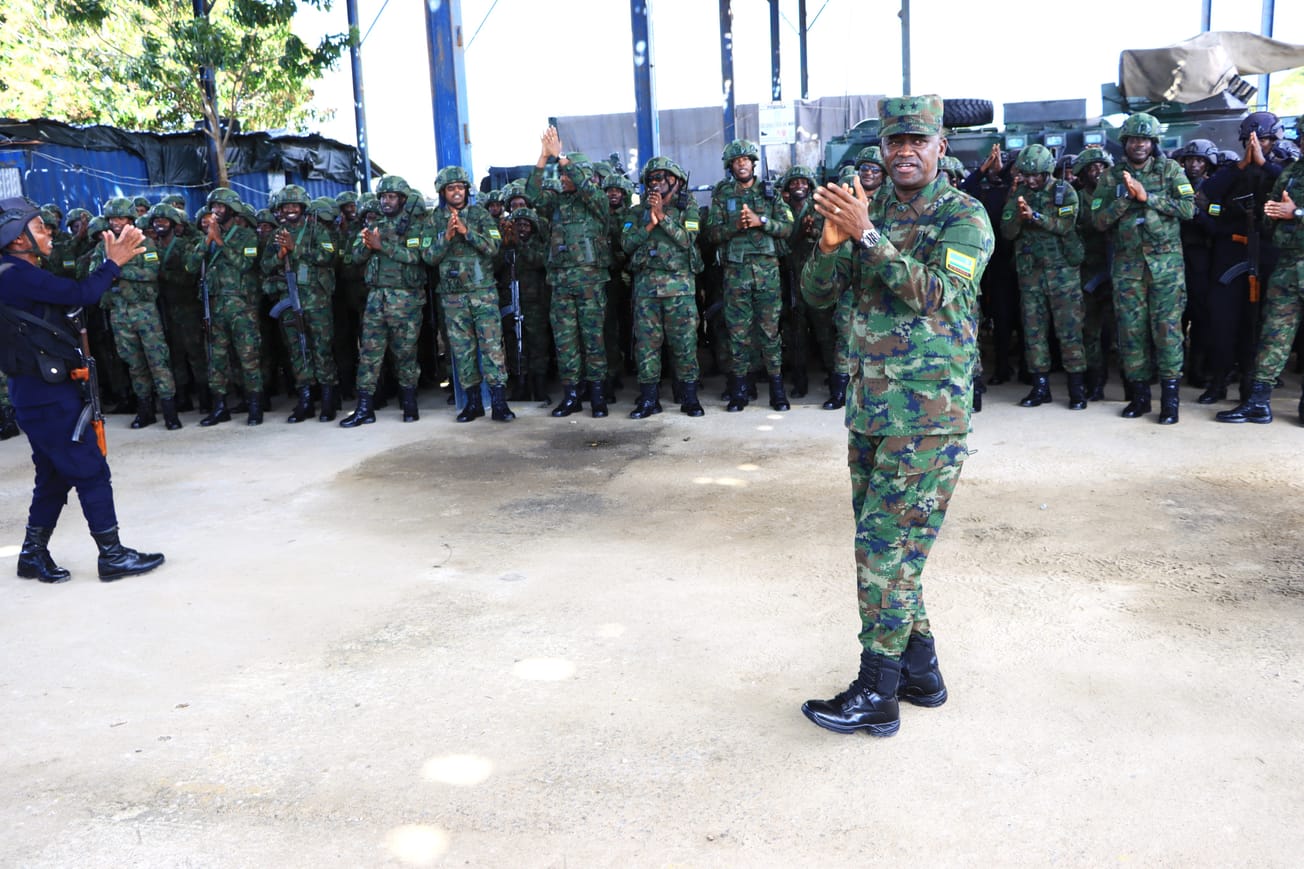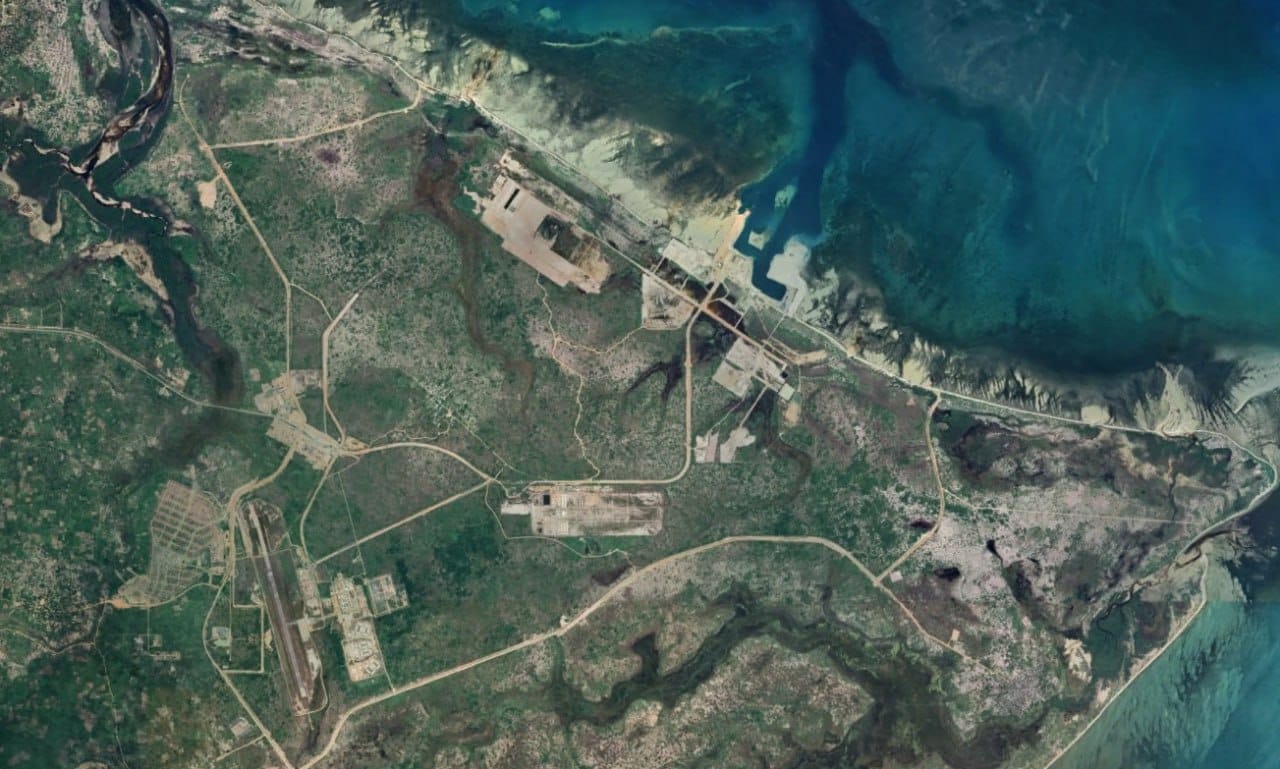As aid agencies begin their preparations for the 2022 cyclone season, it is worth reflecting on the challenges they face confronting natural disasters in Cabo Delgado in the current era of mass displacement
This article is excerpted from the Cabo Ligado monthly report looking back at May 2021, published on 15 June 2021
When Cyclone Kenneth made landfall in Cabo Delgado on 25 April 2019, it was the strongest tropical storm to hit Mozambique in recorded history. The storm ripped through the coastal areas of the province, killing 45 people — mostly in Macomia district — and damaging or destroying 50,000 homes. Over 20,000 were displaced by the storm, which at the time represented a major increase in overall displacement in the province.
Contemporaneous publications by aid and donor agencies barely mention the Cabo Delgado conflict as a complicating factor in responding to the cyclone. In one representative report put together by Oxfam, Save The Children, and Care International in the aftermath of the storm, insecurity was highlighted as a complicating factor in providing aid to those affected, but any actual analysis of the conflict was considered “outside the scope” of the study. Aid and donor agencies did, however, highlight many of the problems that would come to be major issues as the conflict drove displacement to previously unimaginable heights in the subsequent two years. The same report, for example, presages the current tensions between displaced people and host communities by flagging that “greater consultation with people in transit sites is required over resettlement plans” and “neighbouring communities should be included in constructive dialogue to mitigate conflict related to sudden population increases.”
Today, with the conflict having displaced well over 730,000 people, the thought of a natural disaster response in Cabo Delgado in which the conflict is not a core concern seems incredibly far away. Mercifully, the 2020 and 2021 cyclone seasons have not produced anything on the scale of Cyclone Kenneth. As climate change increases the intensity and frequency of storms, however, it is only a matter of time before another major weather event hits Cabo Delgado. Indeed, the province dodged a bullet in April when Tropical Cyclone Jobo seemed headed for landfall there before swerving north and hitting Tanzania instead.
As aid agencies begin their preparations for the 2022 cyclone season, it is worth reflecting on the challenges they face confronting natural disasters in Cabo Delgado in the current era of mass displacement. For one thing, shelter for displaced people is not resilient to seasonal rain, much less major storms. Reports from resettlement centers in Metuge district during the rainy season showed people in makeshift shelters struggling with the mud brought on by the precipitation. Most shelter assistance consists of tarpaulins, sleeping mats, and mosquito nets — crucial equipment to be sure, but nothing in which to survive a cyclone.
Even for the majority of displaced people who are living in private homes, a storm would rapidly exacerbate many of the problems they are already facing. A May needs assessment by Solidarités International found that “in Mueda and Nangade District [two of the most important transit points and destinations for displaced people] water access in terms of quantity and quality is scarce.” Water concerns grow much worse after flooding, when previously clean water sources pick up new pollutants and the threat of water-borne diseases increases. Aid workers repeatedly highlighted the threat of renewed cholera outbreaks in the wake of any future storm in Cabo Delgado.
Most crucially, aid organizations still lack the financial and human resources to effectively plan for the next natural disaster in Cabo Delgado. With international financial support uncertain and aid groups still struggling to get their staff into Mozambique in the face of apparent government intransigence over visas, humanitarian workers face real concerns about their ability to develop responses nimble enough to provide major natural disaster response in a conflict environment. There does seem to have been a slight thaw on the visa front toward the end of May, with at least one major international humanitarian group reporting limited visa approvals for staff trying to enter Mozambique, but the pace is still worryingly slow.
There are some silver linings to planning disaster response under the current situation, however. First, because such a high proportion of the coastal population is now living on the edges of the conflict zone, many more people are near a major paved road than would be in normal times. That facilitates evacuation, allowing people a better chance to get out of the path of a storm. It also improves access for aid provision after the storm. Cyclone Kenneth cut off 14 roads and caused five bridges to collapse in east central Cabo Delgado. By limiting the access problems caused by the province’s weak transportation infrastructure, mass movement outside of the conflict zone will make it easier to reach more people with vital aid.
Second, natural disasters provide an opportunity for organizing an inclusive response. One aid official involved in planning for next year’s cyclone season said that his organization was focusing on recruiting volunteer teams that draw half from displaced populations and half from host communities. These kinds of collective efforts both utilize the under-appreciated skills of displaced people and build social ties between displaced and host communities that will be crucial for addressing conflict between the two.

